Curious to know how to scale your Facebook Ads over $1,000/day? Get our experts' recommendations for free! All our clients went through this step!
Facebook Ads - 5 steps to get more clicks and a better CTR
I - FINDING THE RIGHT FACEBOOK AUDIENCE
1 - Preliminary Work
Before you start delivering your ads, you must define a customer avatar.
An avatar, in marketing jargon, is your typical customer’s profile.
For example, if you sell handmade rings and jewelry, chances are your basic avatar is a woman.
- But what more can you say about her?
- What age group does she fall into?
- Does she live alone?
- What area/city/neighbourhood does she live in?
- What are her desires, frustrations, problems?
- What types of jewelry does she like?
The more you know about your target, the more useful it will be to you in the future (and not just when it comes to defining your audience!).
So don't hesitate to add as much information as you can about your avatar, even what might at first seem useless, because all this data, when looked at as a whole, can bring you some additional insights.
Niches are the most valuable.
Understand that the more specialized you are and the more you focus on selling to a specific profile (thanks to the precise information that you’ve gathered), the more successful you will be.
But before you start creating your Facebook audience, let's analyze one thing.
As mentioned by Antoine, you will likely be targeting someone who is already a customer of yours.
Moreover, as you prospect on Facebook, you may realize that your new buyers are nothing like your avatar.
If that happens, you have to be ready to react and take action by adapting your audience; but you can do this work upfront before you even get started.
To do so, you should ask yourself two questions:
- Is working with my customer avatar enjoyable?
- Is my customer avatar really profitable?
As an entrepreneur (or business), remember that there’s one thing that you’ll never get back: your time.
If your existing customer pays you well but takes up a lot of your time (prior to and after the sale), they may not be profitable in the end.
On the other hand, a customer who pays you less, but converts quickly without making any additional requests may be more interesting to go after.
For those who are just starting their business and can't answer all these questions, the Internet can help:
- Forums: what are the most frequently asked questions in your industry, and the answers given?
- E-commerce websites (Amazon): what are the prices, the type of people that buy, the comments left?
In other words, learn from others’ mistakes if you can't learn from your own!
2 - Implementation
Now that you have your customer avatar and your backup avatar, you're going to set your audience.
You must do some testing when using Facebook because:
- A slight variation can change everything when it comes to your success.
- A bad audience will send a negative signal to Facebook, which in turn will make you pay more for your ads.
In the customer acquisition stage, your audience doesn't have to be super precise (less than 10,000 people) as Facebook has a learning algorithm. The more profiles you give it, the more it will optimize the people that it will subsequently target in order to give you better results.
But let’s go back to our audiences. Here's what I would do.
A limited audience of 310,000 people.
Women who live in Quebec, with only 4 interests and an age range of 10 years.
That’s the result of your Avatar research.
Then, a larger audience of one million people.
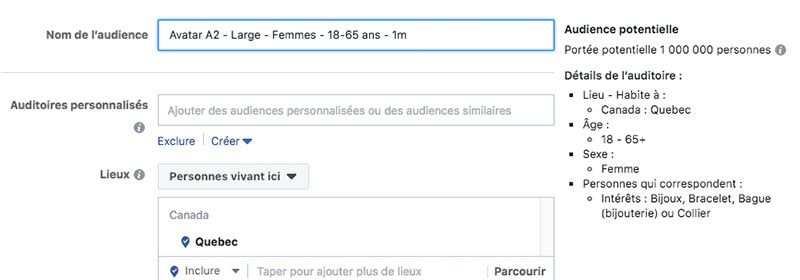
No changes, except that I’m now targeting women between 18 and 65 years old.
By doing so, you’re giving Facebook more profiles, which will allow it to serve you better later on.
And, finally, here's one last variation of your basic avatar.
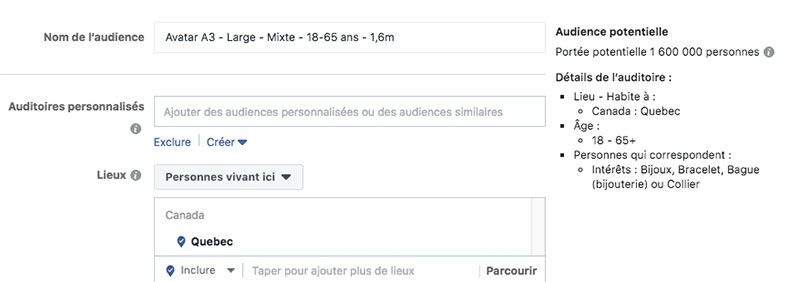
This time, I add an important variation: men.
By doing so, I’ll find myself in one of two situations:
1 - No surprises, my 25-35 years old segment (women) stands out immediately: in this case, you’ve validated your basic avatar on a large audience (congrats!).
2 - You notice that a certain age group amongst men is buying your jewelry (at a good price). You decide to create a dedicated audience to validate this finding.
In the second case, well done: you’ve potentially found a niche!
II - THE HOOK
1 - The red pill or the blue pill
Let's be honest, when you scroll through your news feed, how many ads do you click on per month?
Broader question: how many times a month do you stop to read content that is not generated by your friends?
We browse through so much content on Facebook that it's hard for an advertiser to stand out.
But there’s a solution for that: the hook.
Think about your product and answer the following question.
"Is my product a painkiller or a vitamin?”
In other words, does your product solve an existing problem for your customer or does it help them achieve a goal more easily?
If your product is a painkiller, your hook will probably work better, for two reasons:
- Your customer’s problem is evidence of an existing market.
- If you state your customer’s problem, they will think that you have the solution.
So, before writing down your hook, choose your pill: Painkiller or Vitamin?
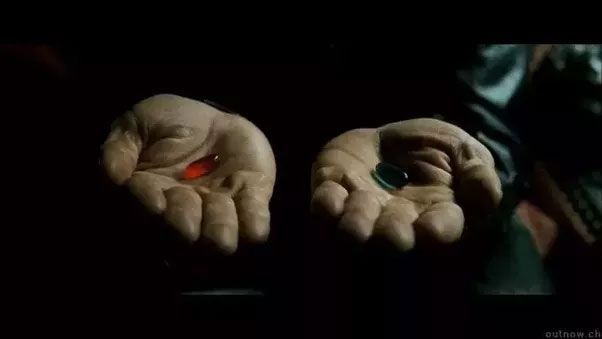
2 - IMPLEMENTATION
Let's continue with our example: selling handmade jewelry online.
If you take the Vitamin approach, you're calling on to your customer's desires.
What are her desires?
- She wants to be beautiful
- She wants to shop without leaving her house
- She wants to treat herself
If you take the painkiller approach, what are your customer’s problems/frustrations when it comes to jewelry?
- I can only find expensive jewelry.
- I can never find the style or design that I want.
For the moment, we’re doing nothing more than listing out potential angles for our future ads.
III - COPYWRITING: WRITING YOUR AD COPY
1 - Building your case
Now, we’ll go straight into the construction of your ads, starting with the most important aspect: the copy (copywriting).
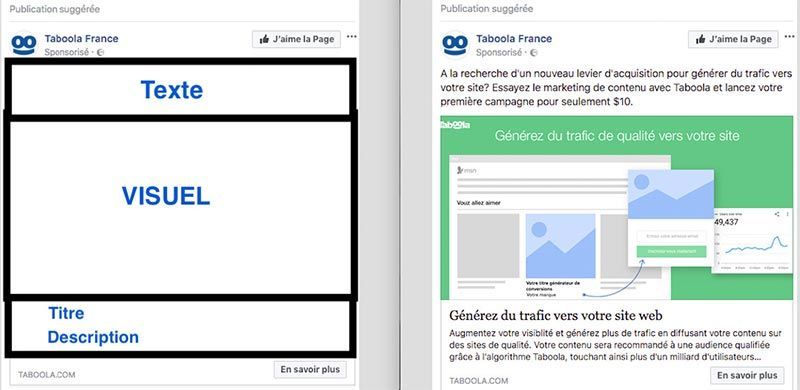
At J7 Media, we have an ad structure that we use for all of our clients, as it works every time.
Here it is:
A - Call-to-Avatar
When you scroll up and down your News Feed on Facebook, what's the first thing you notice in any piece of content?
The copy.
In your first sentence, you have to hook your target to stop them from scrolling: this is what we refer to as the call-to-avatar.
I've created a few that correspond to the hooks that we’ve found in the previous section.
The 3 possible hooks:
- FOR QUÉBEC WOMEN
- JEWELRY DELIVERED TO YOUR DOOR
- LADIES, TREAT YOURSELVES!
The 2 painkillers:
- AFFORDABLE JEWELRY FOR WOMEN
- 60 JEWELRY DESIGNS
I’ll build my copywriting around this last call-to-avatar.
B - Question
By calling out to your avatar, you pique your customer’s curiosity, but you don’t have their full attention.
You should then ask a question that supports your point.
Depending on the hook that you’ve chosen, ask a question that relates to their desire, frustration or problem.
C - Answer
If you’re asking a question, that means you have the answer, right?
Use empathy, curiosity or make a promise.
D - Presentation
Before going any further, introduce yourself and talk about your experience.
Because no one gives anything to a total stranger.
E - Solution
Careful, don’t sell your product/service as being the best on the market.
The customer doesn't care about you being the best, they just want their problem solved.
F - Call to Action
After getting your customer on board, encourage them to take a specific action.
2 - Implementation
Here's the result for our painkiller hook, with the following colour code:
+60 JEWELRY DESIGNS
Do you have trouble finding jewelry that you like online?
I understand, the designs all look alike and none of them really suit you.
However, there’s a website that always has the designs that women are looking for, even the most original!
{Website} - it's more than 60 different jewelry designs, bracelets, necklaces and other fashion accessories for Québec women.
It’s also the promise that no two pieces of jewelry are alike and that you will certainly find that special something that you’ve been looking for.
To see our collections, click on "Learn more".
Let's make something clear, this message targets Québec women; we shouldn’t be using this text word for word if we're targeting another audience.
When it comes to the title and description of the ad, they must support your argument.
Title: More than 60 different jewelry designs.
Description: Find your perfect piece of jewelry today.
IV- THE CREATIVE: PROOF IN PICTURES
Now that you’ve written your ad copy, you need visuals to go with it. It’s important that you choose an image that’s derived from your text, and not the other way around.
Here are our 3 tips for your ads:
- Illustrate part of the text so that the visual represents an extension of the message.
- Convey an emotion and avoid simply showing objects.
- Avoid the typical print media advertising look. You’re on a social network; try to publish content that looks like what an individual user would post, not a business.
You’ll have to choose between two main categories: image or video?
Here's our opinion on the subject.
Video
- It’s an interesting format to use if you want to really take the time to explain your concept.
- Thanks to Facebook’s autoplay feature, it’s easier for you to attract attention.
- It will always stand out from an image: because one "moves" and the other doesn't.
- It allows you to retarget people who have watched it for more than a certain amount of time.
Image
- It’s a good option for people who want to quickly set up an ad.
- When it comes to lead acquisition (email addresses), we've had better results with this format than with video.
- It’s processed and understood faster than a video.
Although video production can be a lengthy process, Facebook allows you to easily create one using the Slideshow tool.
This is a format that we recommend using in 100% of cases.
For our online jewelry website, there’s a format that should be used immediately: the Carrousel. Especially considering that our hook is the number of different jewelry designs available.
Simply put:
- It works for all e-commerce businesses (especially for retargeting).
- It showcases several products with direct links to each page.
- It stands out from the news feed as the images stick out to the right.
V - THE FACEBOOK ADS CAMPAIGN
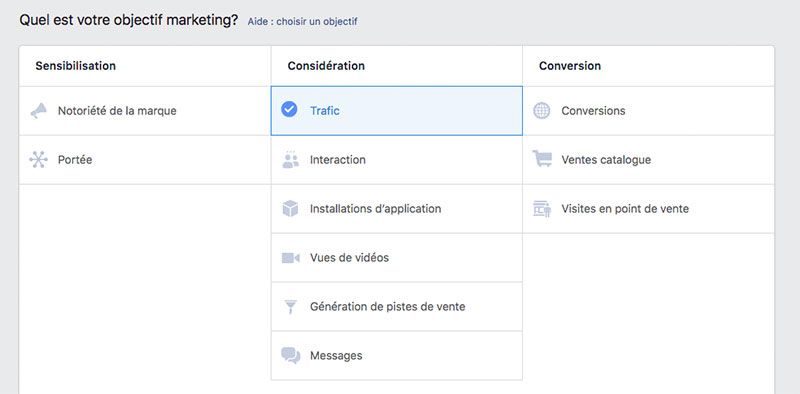
Let's not lose sight of our ad’s objective: getting more clicks.
We’ll have to select the Traffic objective.
Why should we select this objective and not "Video Views" if your visual is a video?
When you select Traffic, you're asking Facebook to show your ad to people who historically click on links that lead them to a website off the platform.
If you select "Video Views", Facebook will look for people who best meet this objective. However, getting a click from them will probably cost you more, because clicking on an ad is not something that these people do often.
Also, make sure that you have the Facebook pixel installed. We talked about this in another article; the pixel allows you to optimize for "page views".
A page view is counted when the page (and the pixel) is displayed on the visitor's screen. You’ll quickly notice that the number of link clicks and the number of page views are COMPLETELY different. And you’re better off paying for the person to see your content rather than them clicking and leaving before the page has had the time to load.
Now, how do you know if your ads are working?
Don't look at likes, comments or shares, as Facebook optimizes for clicks.
You should therefore be looking at a key performance indicator that is based on clicks: the Link Click-Through Rate (CTR).
I’m putting the emphasis on "link" because, otherwise, your reasoning will be flawed.
The standard CTR tracks and counts all clicks on the ad: displaying more text, clicking on the image, clicking on the video, replaying the video, clicking on the button, clicking on the link, etc.
I want traffic on my website, not video plays, so I’ll be looking at my Link CTR!
You’ll quickly notice that this metric never exceeds 5% when in cold customer acquisition (or rarely). In order to anticipate your question, yes, there is what we would consider an acceptable click-through rate: 1.5%.
If you’re below 1%, it means that there’s something wrong with your audience, your ad or maybe even your offer.
But, WARNING, don’t try to change everything at once, because if you modify more than two elements in your campaign you’ll never know which one was lowering your results in the first place.
And don't change something every day! Unless you have a big budget (+100$), you should give Facebook enough time to think and work for you. As an agency, we often give Facebook a week to get us a final result.
Should you wish to learn more, I would recommend the following article: The 16 KPIs You Should Be Tracking For Your Facebook Campaigns.
Thanks for reading!

